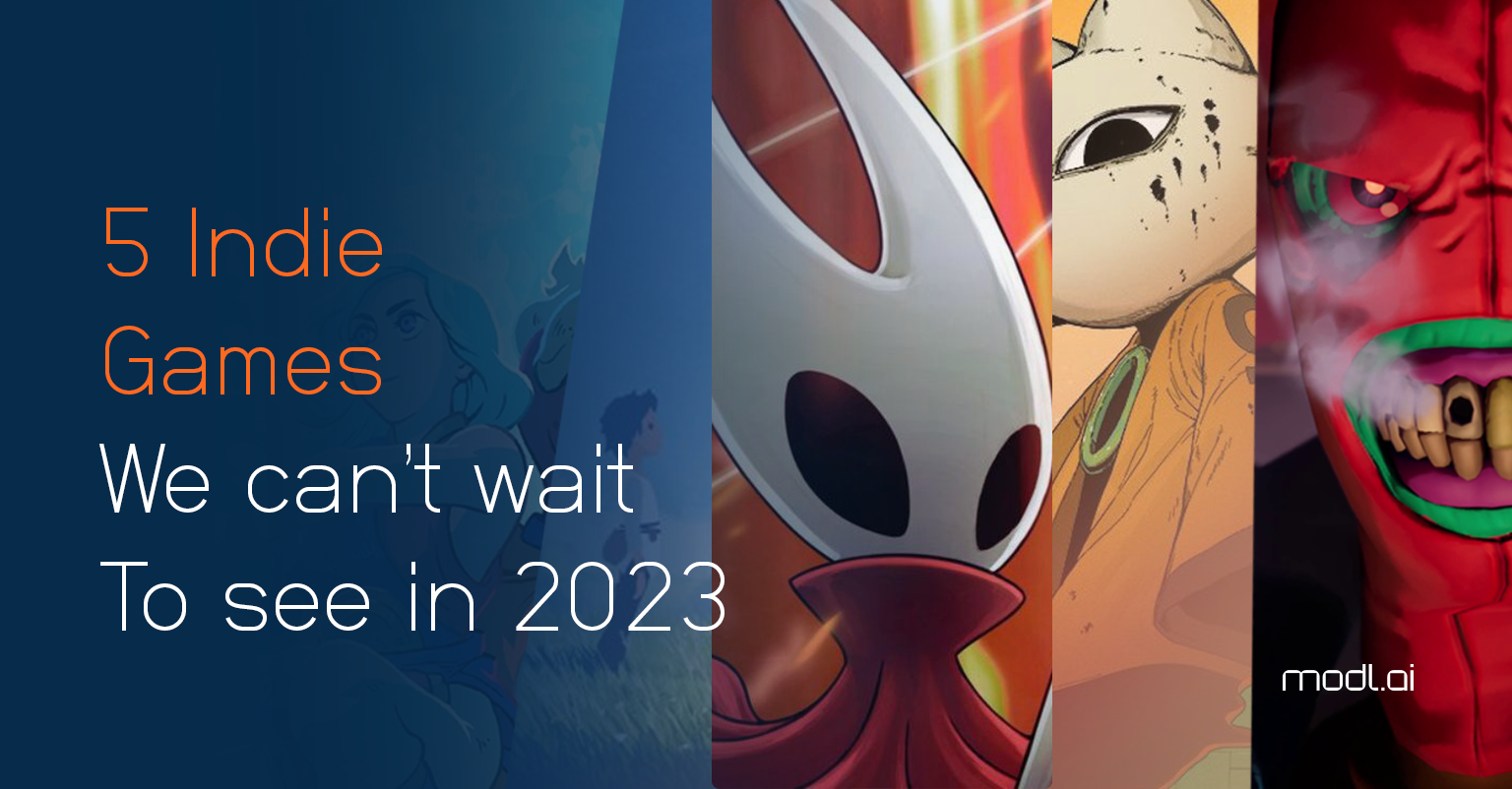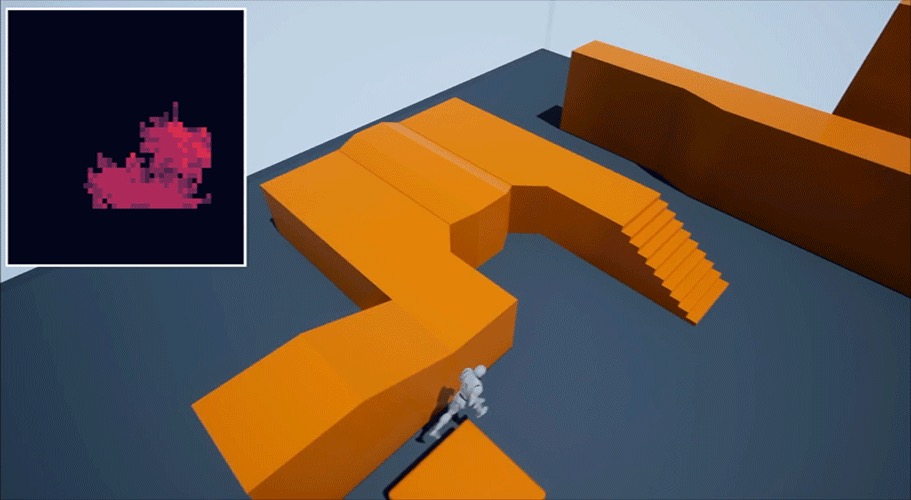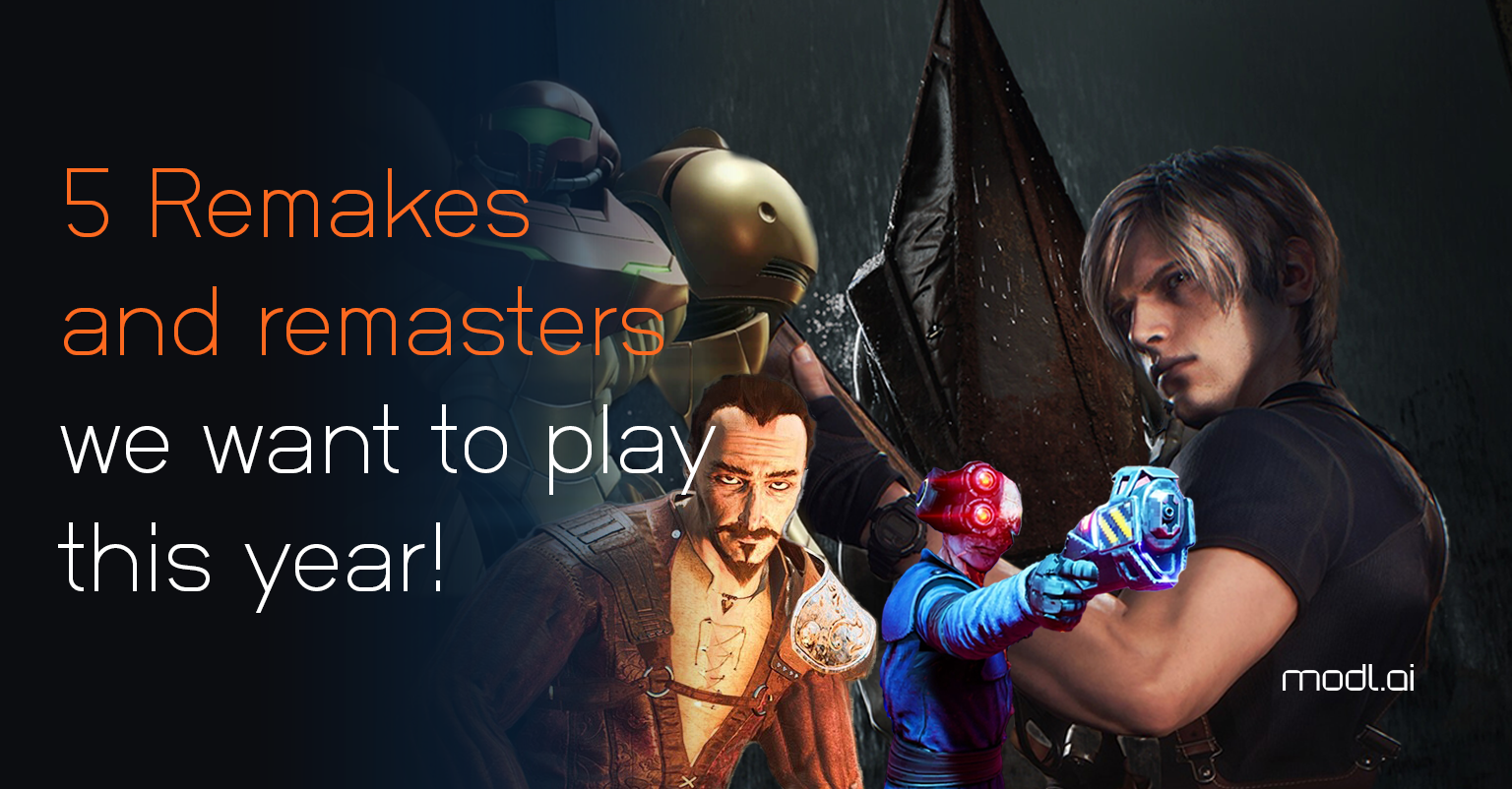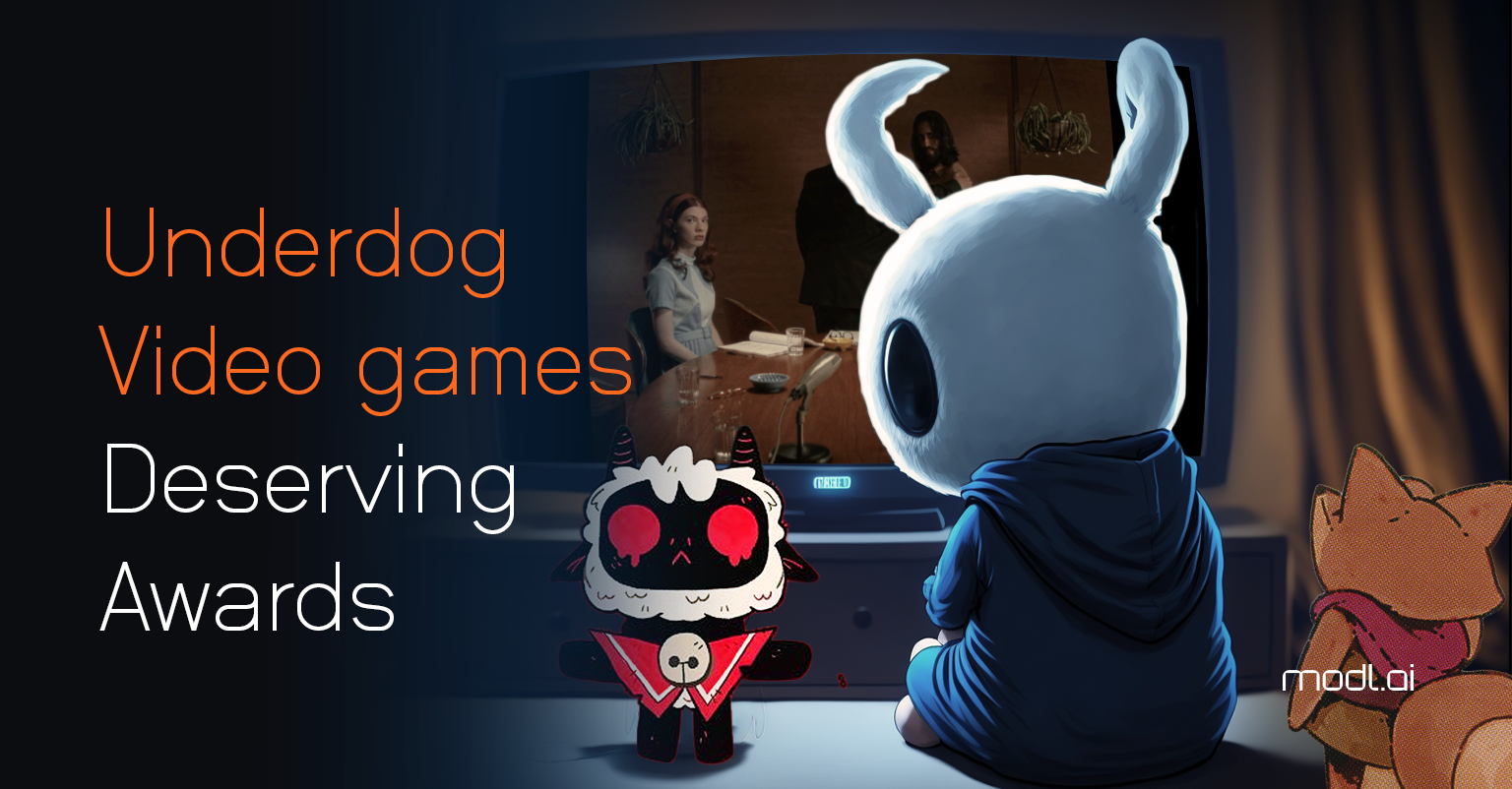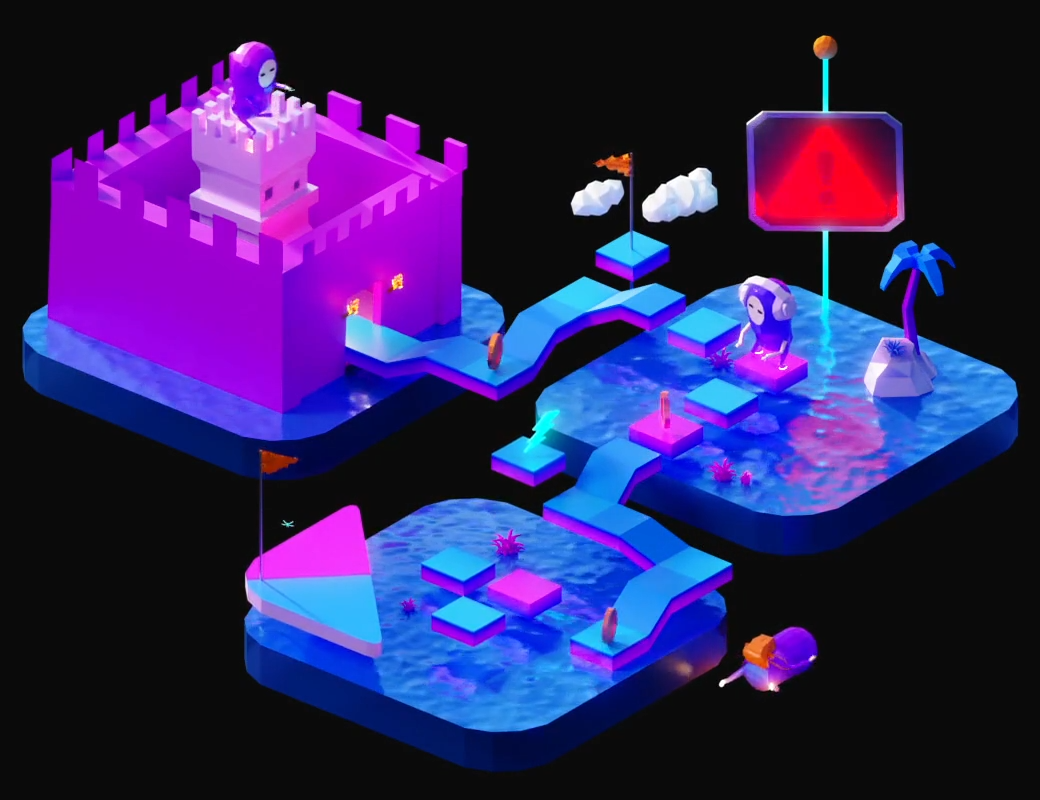In a candid conversation with Eric Seufert, Christoffer articulates the most effective ways that game developers can use AI to create more compelling interactive experiences
At modl.ai, we’re proudly pushing the boundaries of what AI can achieve for game studios, delivering solutions that streamline QA, personalize gameplay, and enhance live operations. Our CEO, Christoffer Holmgård, recently spoke with Eric Seufert about how game developers can get the most out of AI in a recent episode of the Mobile Dev Memo podcast.
Christoffer shares valuable insights on how developers can use AI to save time, transform game development pipelines, and build more immersive worlds. From automating tedious QA tasks to enhancing multiplayer experiences with AI-driven opponents, we’ve highlighted some of the key ways Christotter thinks developers can use AI to improve game quality, engagement, and innovation in game production.
Key Takeaways
- Use AI to automate repetitive QA tasks, freeing up time and improving efficiency, allowing teams to focus on creative problem-solving and higher-level testing needs.
- Personalize gameplay experiences dynamically by using AI to analyze player behavior and adapt content in real-time, boosting engagement and retention.
- Leverage AI in LiveOps to streamline content drops and bug fixes, enabling faster, continuous updates that maintain a high-quality player experience with minimal manual input.
- Develop AI-driven bots that mimic player behavior to enhance multiplayer experiences and create authentic AI opponents that simulate real player actions.
- Balance AI personalization with designer intent to retain the shared, memorable moments that build community among players and preserve the game’s narrative depth.
1. Automate QA for Greater Efficiency and Reliability
Christoffer starts by explaining how AI-driven QA bots can play a pivotal role in handling repetitive and exhaustive testing processes that traditional QA teams would often take far longer to complete, adding efficiency and enabling them to focus on more critical testing aspects. This shift has the potential to significantly reduce costs, speed up development timelines, and allow for more frequent testing of edge cases that human testers simply don’t have time to address.
“If you look at how people actually spend their time when they’re building a game, you’re still spending a lot of time just operating and interacting with the game. QA testers especially spend hours repetitively playing through different game levels, testing every asset, feature, and interaction. There are so many mission-critical bugs that could break a game. That’s why automation is so valuable— it provides speed, consistency, and the ability to handle repetitive, high-volume tasks that would be near impossible for human testers to cover alone.”
Christoffer explains that by freeing QA teams from these labor-intensive tasks, AI-driven bots empower developers to focus on creativity and innovation, elevating the overall quality of games and improving launch readiness. At modl.ai, we’re making this vision a reality, bringing advanced AI solutions that transform how studios approach testing, player engagement, and content creation. Discover how modl.ai can streamline your game development and deliver unmatched efficiency and quality—learn more about our AI-powered tools and solutions here.
2. Use AI for Personalized Gameplay Experiences
AI offers the opportunity to personalize content dynamically by observing player interactions and adjusting game elements in real-time. While it does require some development overhead, this approach improves engagement by delivering content that resonates more deeply with each player’s unique preferences.
“We’re already predicting, just based on early gameplay patterns, which user persona a player fits into. Then, as soon as they’re through the initial onboarding, we’re targeting content specifically to them. Using machine learning and other AI-driven tools, we can refine the experience based on their actions. This lets us deliver an experience that feels relevant and tailored to each individual, ultimately making the gameplay feel more engaging and personalized.”
Behavioral AI engines in particular have been used to great effect in the personalization of game experiences. From the nemesis system in Shadow of Mordor to the character evolution of The Sims, AI systems can adapt dynamically to players’ actions, creating unique, reactive game worlds.
3. Leverage AI for Live Operations and Content Creation
For LiveOps managers, AI can be a crucial tool in managing dynamic content delivery, spotting and even fixing issues without human intervention. This allows developers to drop new content quickly, troubleshoot effectively, and maintain high-quality experiences for players with minimal downtime. Christoffer explains:
“We’ve gotten to the point where AI bots can walk through all the content in the store, achieving complete coverage, clicking every interface button, visiting each screen, and reporting issues like missing assets or interactions that don’t respond as expected. We can also generate reports automatically and even suggest fixes based on the context of the issue, allowing for a continuous, self-sustaining Live Ops flow that doesn’t require constant oversight from human QA testers.”
While not as technically sophisticated as behavioral AI for gameplay, automated UI testing is one of the most approachable and immediate ways that developers can dip their toes into the world of automated testing with limited integration and maintenance requirements and high return on investment, as the approach uses visual AI to read screen and check for issues.
4. Create AI Bots that Mimic Player Behavior
AI bots that learn and adapt to real player behaviors can add a layer of immersion, allowing for multiplayer experiences against AI that simulate actual human players. This capability can enrich gameplay by providing new challenges and an authentic multiplayer feel.
“We’re seeing that learning AI is being used to represent individual players or subgroups, like the ‘drivatar’ system in Forza, which plays like the player would play it. Players get to see their own play style or that of an admired player in action, providing a uniquely personalized challenge. It’s an incredible advancement because it allows players to engage with the game on a new level—competing against AI that knows their habits and feels more human, creating a sense of presence beyond just typical NPCs.”
As Christoffer explains, the Forza series’ Drivatar system exemplifies another ideal use of behavioral AI for personalization. By analyzing and adapting to player behaviors, Drivatar offers dynamic, lifelike AI opponents that bring a personal and authentic feel to gameplay.
5. Balance AI Personalization with Designer Intent
While hyper-personalized content sounds appealing, game developers need to exercise restraint and balance its benefits against the value of a shared experience. Overuse AI for personalization, and you risk removing shared experiences and designer-driven moments that are often critical to a game’s emotional impact and memorability. Christoffer suggests that a blend of AI personalization with the guiding hand of designer intent could keep gaming experiences meaningful and communal.
“Hyper-personalized games could risk losing those memorable moments of connection that come from shared experiences, like that iconic vent scene in Half-Life. When players experience a game in the same way, they have shared memories that create lasting impact. If we go fully personalized, every player might have a different path, but we’d lose those shared moments that lead to connections among players. So, we’re exploring ways to blend personalization with a coherent design narrative—achieving personalization without sacrificing the community’s shared experience.”
Thanks Mobile Dev Memo!
From the entire Modl.ai team, we’d like to thank Eric and the entire team at Mobile Dev Memo for having Christoffer on the podcast to discuss AI’s transformative role in game development. For more insights on how AI is reshaping everything from QA to personalized gameplay, check out the full episode—it’s a must-listen for anyone invested in the future of professional game development. Be sure to also follow Eric on Twitter and LinkedIn, where he regularly shares valuable, data-driven insights on the world of game development, monetization, and economics.



